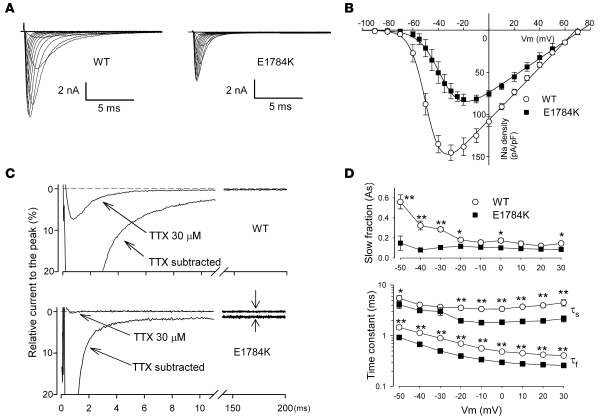Figure 3. Properties of E1784K whole-cell current.
(A) Representative whole-cell current traces obtained from tsA-201 cells transfected with either WT or E1784K Na channels. All studies were conducted in cells cotransfected with human Na channel β1 subunits. Currents were recorded from a holding potential of –120 mV and stepped from –90 mV to 90 mV for 20 ms in 10-mV increments. (B) Current-voltage relationship. Current was normalized to cell capacitance to give a measure of Na current density. There were significant differences (P < 0.05) in current density between WT and E1784K at all tested voltages except –80, –70, –60, and ≥40 mV. (C) Na currents were recorded with a test pulse potential of –20 mV from a holding potential of –120 mV before and after 30 μmol/l TTX, and the TTX-sensitive current was calculated by digital subtraction. The currents were normalized to the peak current without TTX and superimposed. Zero current levels are shown by dotted lines. Note the faster decay and the prominent TTX-sensitive persistent current (shown with arrows) in E1784K. The amplitude of the persistent current was approximately 6-fold larger in E1784K (1.85% ± 0.27% of peak, n = 10; P < 0.001) than in WT (0.32% ± 0.05% of peak, n = 15). The density of persistent current for E1784K (1.53 ± 0.22 pA/pF) was significantly larger than for WT (0.44 ± 0.07 pA/pF). (D) Time constants for the voltage dependence of inactivation. As is shown in the upper panel, and τf and τs are presented in the lower panel. Significant differences between WT (open circles, n = 13) and E1784K (filled squares, n = 13) are indicated (*P < 0.05, **P < 0.01).

